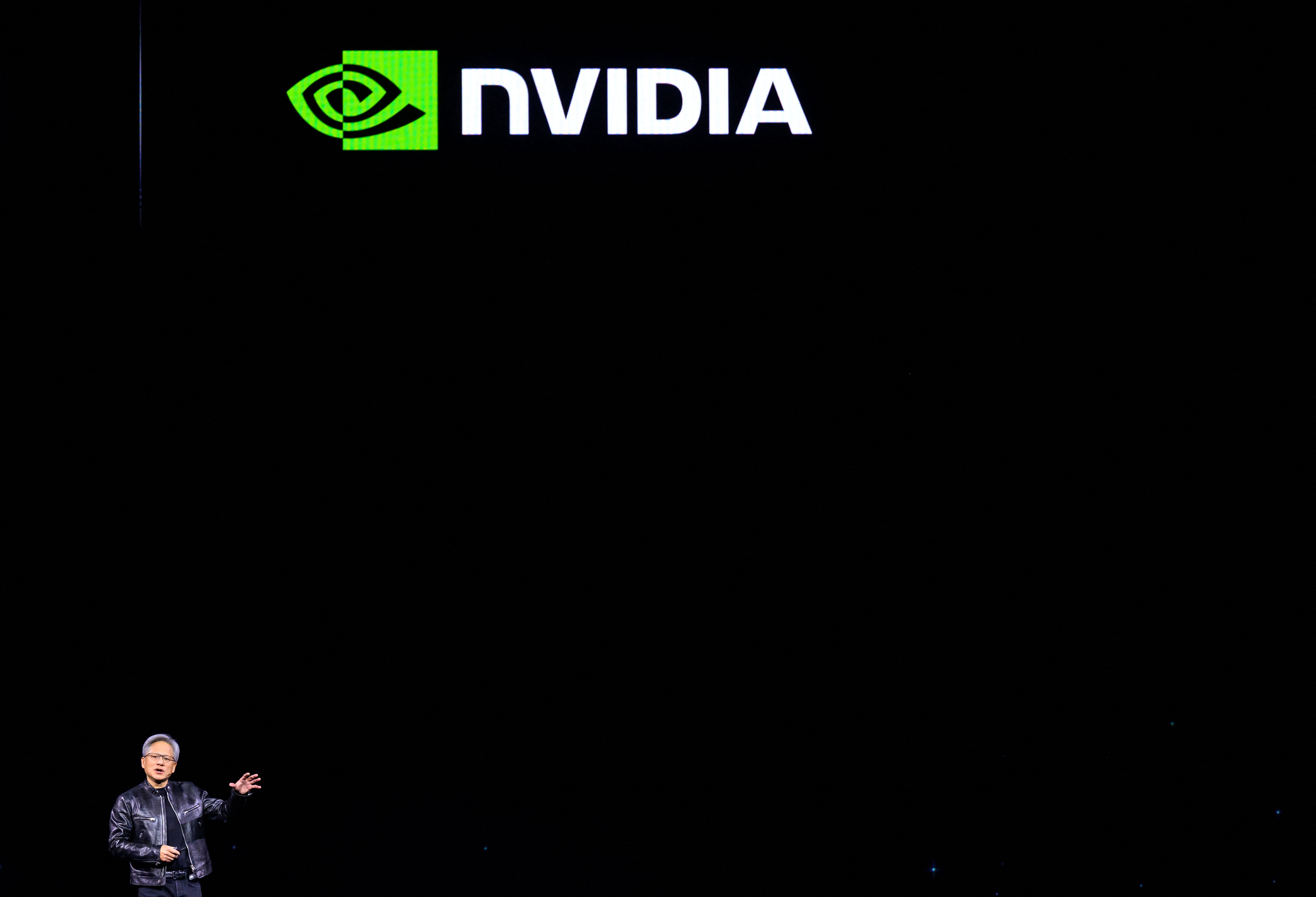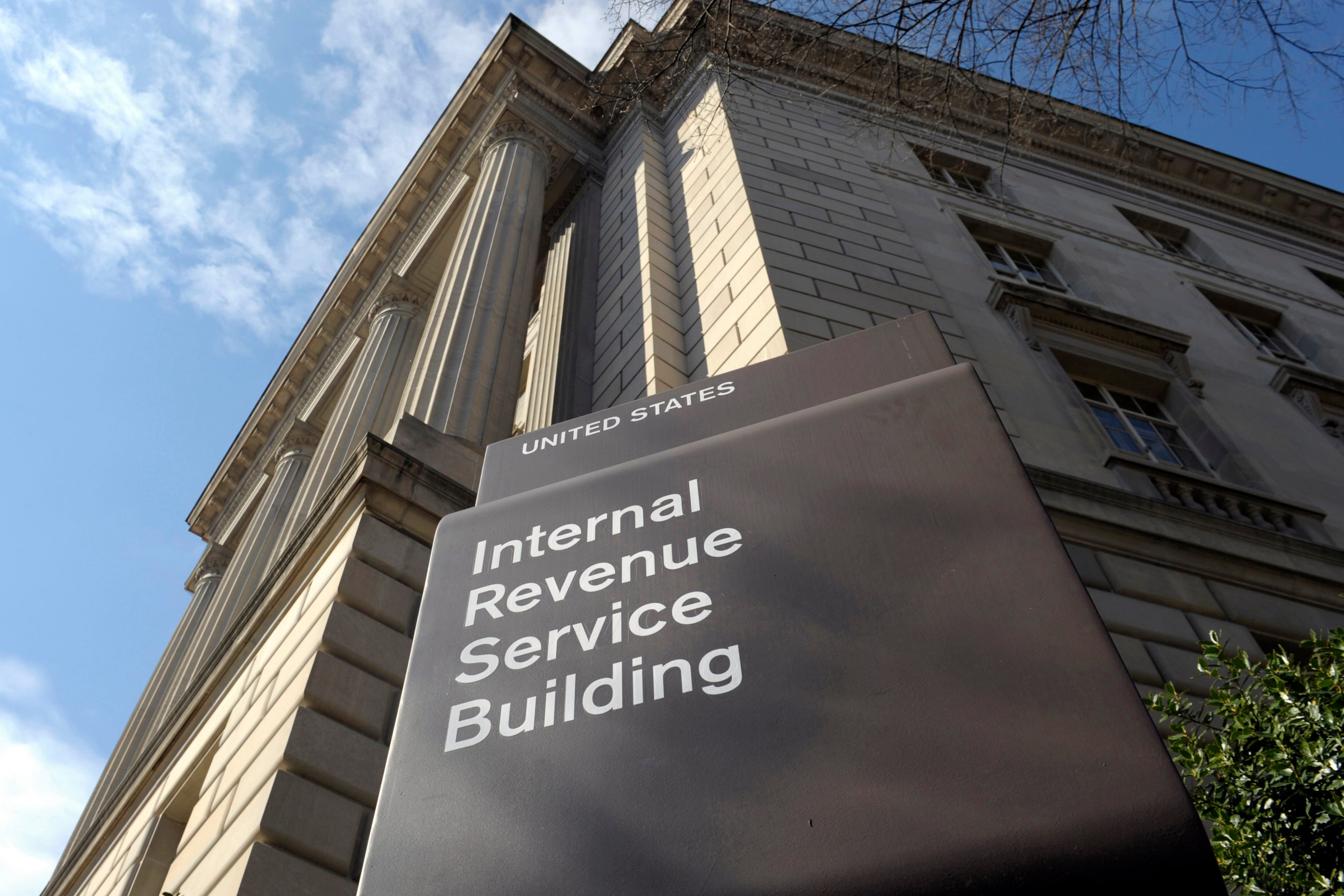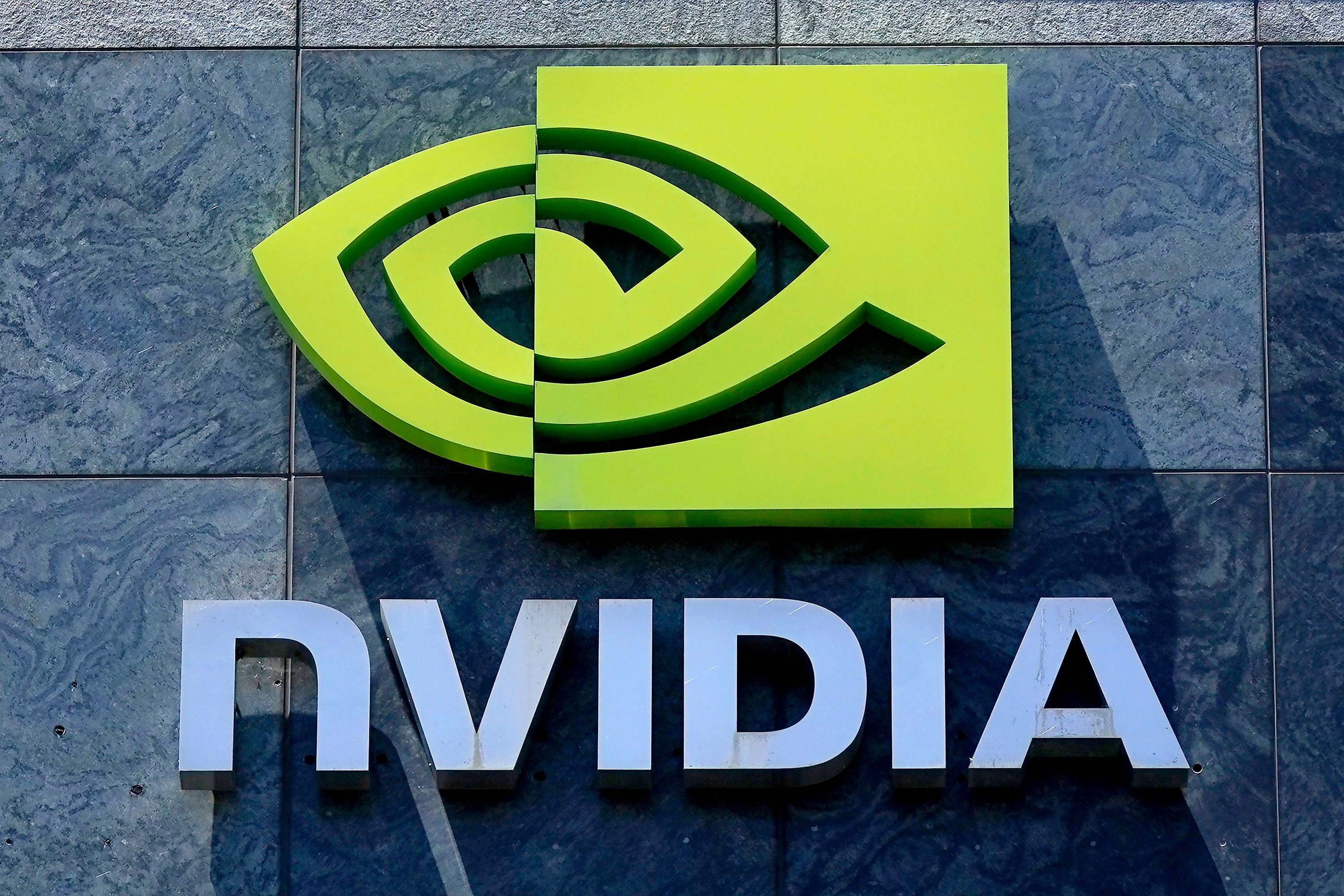Space is the ultimate Rorschach test for enterprises.
Hollywood sees a backdrop for movie and TV franchises. Fashion houses see swaths of holographic fabric. Defense contractors see properties and territories in need of protection.
“Space is a warfighting domain,” said Kay Sears, VP and GM of Military Space for Lockheed Martin. “The creation of the U.S. Space Force is just recognition of that.” She spoke to Cheddar exclusively on Tuesday on the sidelines of the Satellite 2020 conference in D.C. before it shut down over coronavirus concerns.
Space Force is the country’s first new military service (not yet officially a branch) since the Air Force, established more than 70 years ago. But the idea that “space is a warfighting domain” is not new.
When President Eisenhower and Congress created NASA in 1958, the policy as it was written stated that “activities in space should be devoted to peaceful purposes for the benefit of all mankind.” The Department of Defense, however, was in charge of developing “weapons systems, military operations,” and presidents would determine which agency would be responsible for which activity.
In December, when President Trump signed Space Force into existence, he effectively redesignated Air Force Space Command. Only Congress can create a new branch.
During the signing ceremony, Trump referred to space as “the world’s newest war-fighting domain.”
“Amid grave threats to our national security, American superiority in space is absolutely vital," he said. "The Space Force will help us deter aggression and control the ultimate high ground."
The aggression Trump alluded to includes a test last year by India’s government.
In March 2019, India launched an anti-satellite missile test — destroying one of its own satellites. The mission came as a shock to industry experts around the world. Only the U.S., Russia, and China had such capability, up until that point.
Joan Johnson-Freese, professor of national security affairs at the Naval War College in Newport, Rhode Island, told Space.com at that time the test “likely represents a feeling by other countries, specifically India in this case, that the weaponization of space is forthcoming, and India doesn't want to be left out of the 'have' category if arms-control agreements are eventually reached."
Of the roughly 2,200 satellites currently in orbit, close to half are American. Of those, around 350 are either government or military.
For the most part, satellites are “properties” — as we might think of that term on Earth — that need protection given how integral they now are to daily life. Satellites provide communication, mapping, tracking, and support for military defense coordination.
Aggression in space doesn’t necessarily mean shooting down satellites. Like much of the threats now on earth, cyberattacks to disrupt and intercept satellite communications are also just as hostile. Hackers can take control of satellites, reposition them, damage sensors, or jam and fake signals.
So in terms of the risks that Lockheed foresees and how to address them, Sears says it’s right now about “deterrence.”
“Space used to support the operations of the other domains,” Sears said, referring to the air, sea, and ground. “It is ultimately the high ground for everything that’s happening in domains below it.”
The creation of the U.S. Space Force, Sears continued, is about that deterrence in this “high ground.” And from an equipment perspective Lockheed has been building more satellites that can hopefully withstand attacks, like jamming.
The company just won a 10-year, $3.3 billion contract in November with the Air Force to work on nuclear-hardened, anti-jam global communications to the White House, State Department, and the military for nuclear command and control systems.
“We obviously want a peaceful operation in space,” she said. “We don’t want to go to war in space, so we have to create the capabilities to deter our adversaries.”
At the same time — “we need to dissuade our adversaries in space and we need to make sure they understand we can win war in space,” she added.
Lockheed’s space business makes up about 18 percent of its net sales, around $11 billion in 2019. The company’s military aircraft unit is still its largest — contributing about 40 percent of overall sales at around $24 billion.












